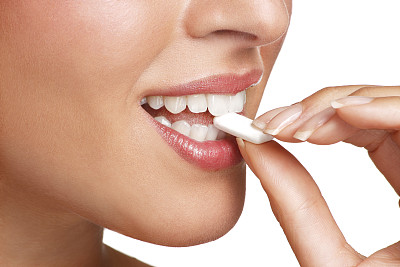Understanding the Dental Procedure and Recovery Process Involved in Extracting a Tooth for Better Oral Health
Summary: Understanding the dental procedure for tooth extraction is crucial for individuals seeking better oral health. This article discusses the core aspects of the extraction process, including the reasons for tooth removal, the detailed steps of the procedure, the recovery timeline, and essential aftercare tips. Each section elaborates on its importance for ensuring a smooth experience and optimal recovery. By gaining knowledge about these components, patients can navigate their tooth extraction with confidence, reducing fear and enhancing their overall well-being. This comprehensive guide emphasizes the importance of following dental advice during the healing process to improve oral health in the long run.
1. Reasons for Tooth Extraction

The first and foremost reason for tooth extraction is dental decay. When a tooth is severely affected by cavities that cannot be remedied through restorative treatments, extraction becomes necessary. This condition not only compromises the tooths function but also poses risks to surrounding teeth and gums, leading to more complex dental issues.
Another common reason for tooth removal is periodontal disease. This is a serious gum infection that damages the soft tissue and, if left untreated, can also destroy the bone that supports your teeth. Extracting teeth that are extensively affected by gum disease can help prevent further complications and facilitate better oral health.
Additionally, overcrowding of teeth is a crucial factor in determining the need for extraction. In orthodontic treatments, redundant teeth may be removed to create space for proper alignment. This is particularly important for achieving ideal bite relationships and improving overall dental aesthetics.
2. The Tooth Extraction Procedure
The tooth extraction procedure typically starts with a thorough examination by the dentist, who may take X-rays to assess the tooths condition and its root structure. The dentist will then discuss sedation options to ensure the patient is comfortable throughout the extraction process, which can include local anesthesia, sedation, or general anesthesia, depending on the complexity of the extraction.
Once the anesthesia takes effect, the dentist will begin the extraction by loosening the tooth with specialized tools. For a simple extraction, the tooth will be grasped and removed. In cases of surgical extractions, especially where a tooth is broken or impacted, incisions may be necessary to access the tooth properly, followed by careful removal.
3. Recovery Timeline After Extraction
The recovery timeline following a tooth extraction varies from person to person but generally follows a predictable pattern. Initially, patients can expect to experience some bleeding which usually subsides after a few hours. It is recommended to bite down on a gauze pad during this time to promote clot formation.
Within the first 24 to 48 hours, swelling may occur, peaking around day two. Ice applications can help minimize swelling during this period. Pain management, usually with over-the-counter medications, is important and can help make this recovery phase more comfortable.
Most patients can resume normal activities within a few days, but careful management of oral hygiene is crucial during this recovery stage. Complete healing of the extraction site may take a few weeks, depending on factors like the complexity of the extraction, the individuals health status, and adherence to post-operative instructions.
4. Aftercare Tips for Optimal Healing
Following the extraction, maintaining good oral hygiene is essential, but caution is required at the extraction site. Avoid rinsing vigorously, spitting, or sucking through straws for the first few days, as these actions can dislodge the blood clot and lead to complications such as dry socket.
Its also advisable to stick to a soft-food diet for the initial recovery period. Foods like yogurt, mashed potatoes, and smoothies can provide necessary nutrition without causing discomfort. Hydration is key; however, opting for lukewarm beverages can prevent irritation at the extraction site.
Finally, follow-up appointments with the dentist are crucial for proper monitoring of recovery. Contacting the dentist in case of excessive pain, prolonged bleeding, or signs of infection will ensure that any complications are promptly addressed, promoting a smooth healing process.
Summary:
Understanding the dental procedure of tooth extraction and the associated recovery process can significantly enhance ones oral health journey. Being aware of the reasons for extraction, the detailed procedure, the expected recovery timeline, and essential aftercare steps equips patients with the knowledge to manage their dental health effectively.
Good oral hygiene and adherence to dental advice following an extraction can lead to improved long-term oral health outcomes, fostering a pain-free and confident smile.
This article is compiled by Vickong Dental and the content is for reference only



